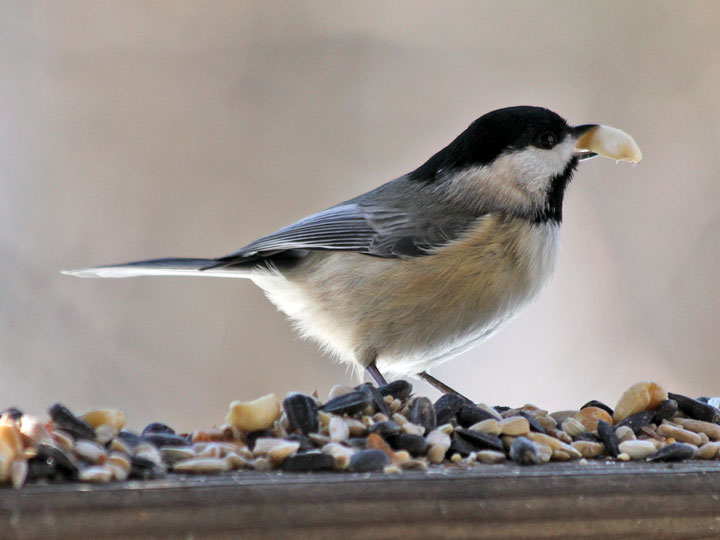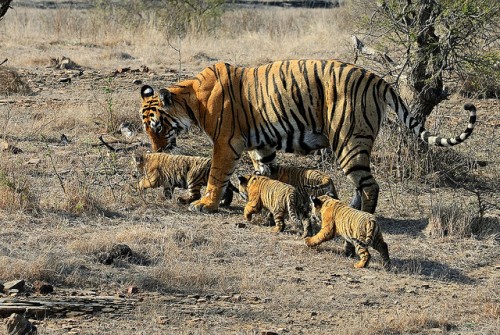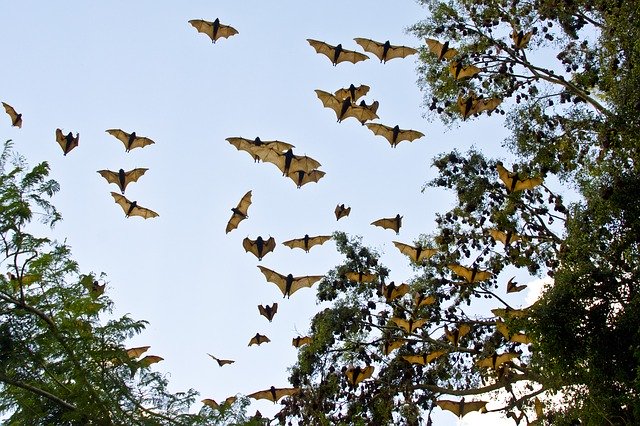Cities across the world are falling quiet as bird song vanishes. With backyards being restructured by human activity, birds are finding it harder and harder to find prey, according to a study by the Smithsonian Conservation Biology Institute. The study, which focused on the breeding success and population growth of the Carolina chickadee, also highlighted land use practices could assist in bird conservation.
Read More: Arabica or Robusta Coffee? These Researchers Asked the Birds
According to Desirée Narango, a graduate student at the Institute, these changes have occurred because of the use of nonnative plant species in backyards. Without native plants, populations of numerous insect species that birds depend on has diminished. Furthermore, these prey species are often seen as pests, which results in even more attempts to eradicate them.
The study, which was carried out over 160 yards of the Washington D.C. metropolitan area, is the first to establish a direct link between declines in bird populations to the use of nonnative plants. Data was collected through regular monitoring of nest boxes and the nests, eggs and nestlings found in them. Individually marked birds were also closely monitored.

The study found high levels of nesting success only in areas which consisted of at least 70 per cent native plants. The insect species favored by chickadees largely prey on a few species of native plants, and consequently, only the use of a very large number of these plants across a significant proportion of yards can ensure bird conservation. These findings are especially important in light of the fact that the overwhelming proportion of land in the US and elsewhere is privately managed. Therefore, common household practices such as landscaping and the management of backyards can have extremely vital implications for conservation.
Read More: Know Your State Birds
“Each plant in your landscape you should think of as a bird feeder,” says Doug Tallamy, an entomologist at the University of Delaware who also worked on the study. “It either has food in it, or it doesn’t.”
The simple connection between bird, bug, and tree means that in places tended by people, birds are at the whim of an unwitting gardener. Right now, that’s a dangerous arrangement. “The fact that we are starving them by the way we landscape has not been seriously considered. That’s the big breakthrough,” Tallamy says. That also means that a small decision on the scale of a yard can foster big changes for birds. “It empowers every individual landowner,” he says. “You want to help the birds? Then control the plants that are in your landscape.”
Read More: Hornbills Feeding Bread And Biscuits To Their Chicks










Completely agree with the author. We have local fruit trees like chickoo, papaya, Jamba etc and our backyard is a birders paradise! My kitchen looks out into my backyard and I spend my time listening to various birdsongs! Well written article!